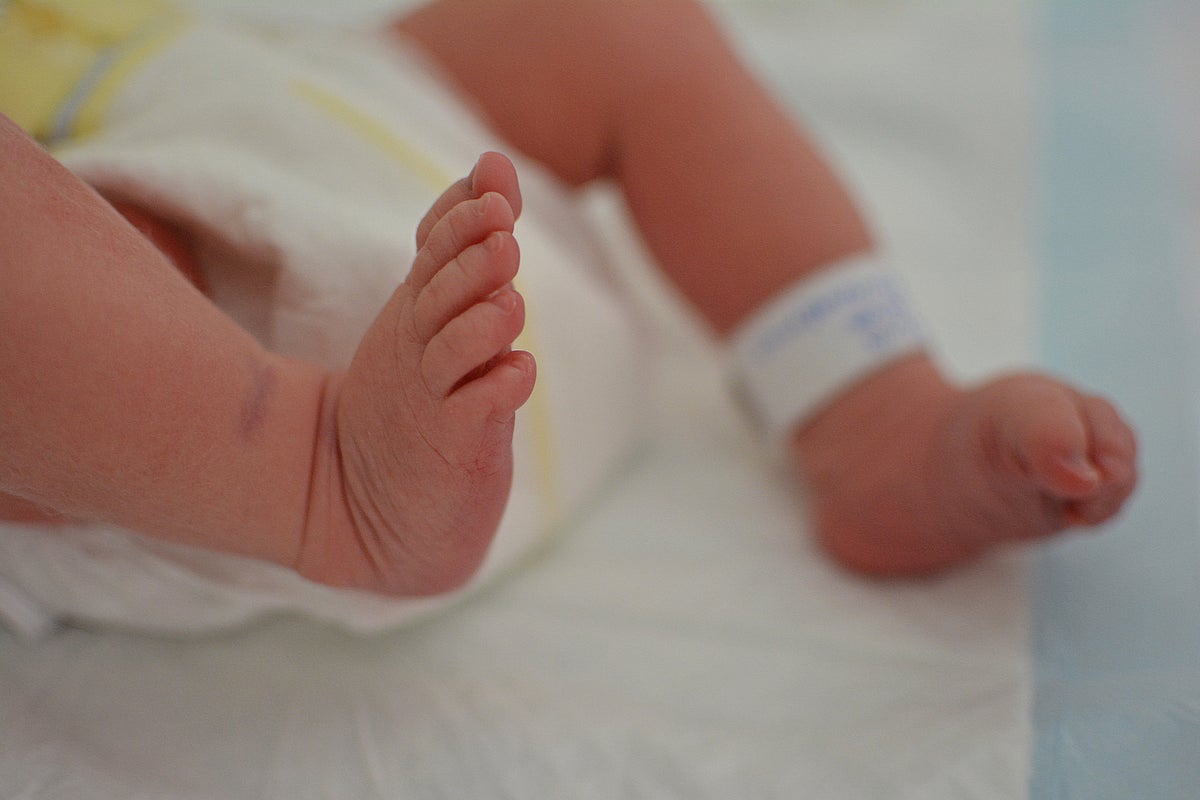
The infant mortality rate in the US increased for the first time in two decades from 2021 to 2022, according to new data from the Centers for Disease Control and Prevention (CDC).
The last time the rate increased was from 2001 to 2002, but from 2002 to 2021 the rate declined by 22 per cent. Then, it rose 3 per cent from 2021—which saw 19,928 infant deaths—to 2022, which saw 20,538.
According to the new report, the mortality rate rose among most races. The rate rose from 4.36 deaths per every 1,000 live births to 4.52 deaths among white infants; from 4.79 deaths to 4.88 deaths among Hispanic infants; from 10.55 deaths to 10.86 deaths among Black infants, and from 7.46 deaths to 9.06 deaths among American Indian and Alaska Native infants. The only group that did not see an increase was Asian infants; the mortality rate declined here, from 3.69 deaths to 3.5 deaths. Among all groups, the rate in 2022 was 5.6 deaths per every 1,000 live births.
The death rate increased among neonatal infants—defined as those occurring in infants less than 28 days old—and postneonatal infants, defined as children aged 28 days through 364 days. Among neonatal infants, the rate jumped from 3.49 deaths per 1,000 live births to 3.58 deaths; among postneonatal infants, it rose from 1.95 deaths to 2.02 deaths.
The mortality rates of two of the 10 leading causes of infant deaths increased from 2021 to 2022: maternal complications—which rose from 30.4 infant deaths per every 1,000 live births to 33 deaths—and bacterial sepsis—which rose from 15.3 deaths to 17.4 deaths.
The infant mortality rate “declined significantly” in just one state, Nevada, but it increased in Georgia, Iowa, Missouri, and Texas. Changes in other states and Washington, DC, were not noteworthy, the new report said.
Experts say the pandemic could have indirectly affected the infant mortality rate in the US. Dr Elizabeth Cherot, an OBGYN and president of the March of Dimes, told The New York Times, “We were making strides, but these trends are clearly going in the wrong direction. We were just coming out of Covid. We were doing a lot of telemedicine. Did that shift something? Were protocols changing? Was access a bigger issue?”
Others have speculated on how the Supreme Court’s Dobbs V. Jackson decision may be affecting the infant mortality rate. Dr Tracey Wilkinson, an assistant professor of paediatrics at Indiana University School of Medicine, told ABC News, “Any pregnancy that is intended and planned tends to be a healthier outcome and healthy infant outcome. So, when you remove the ability for people to decide if and when to have families and continue pregnancies, ultimately, you are having more pregnancies continue that don’t have all those factors in place.”
Maternity care deserts—in which pregnant women don’t have access to the medical care they need where they live—may also play a role, some experts said. According to data from the March of Dimes, maternity care deserts affected nearly seven million women and 500,000 births in the US in 2022. From 2020 to 2022, maternity care deserts rose five per cent across the country.







